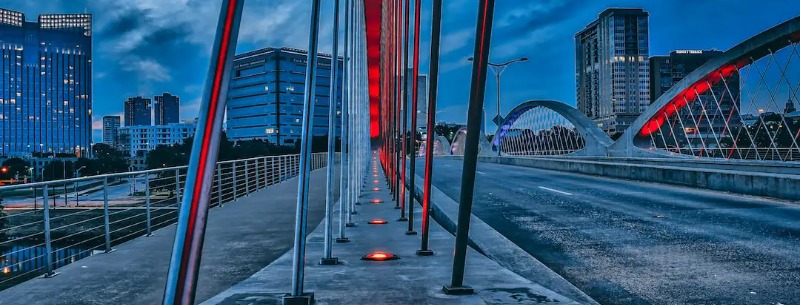Fort Worth: Cowtown with Culture
The Kimbell and Amon Carter museums, Stockyard Station Market, Log Cabin Village, Casa Manana, and huge murals are a sampling of this historic frontier town’s attractions
In its youth, Fort Worth was a dusty and lawless frontier town. But gradually it got tamed.
Today, it’s a well-heeled cowtown with more than a touch of class, boasting a symphony orchestra and some of the finest museums in the Southwest. But along with the culture, the city has retained its western flavor. You’ll see real cowboys and buildings that were standing when Butch Cassidy and the Sundance Kid came into town for recreation and relaxation.
Frontier Architecture
The best place to start poking into the past is at Sundance Square, an area with its original red-bricked pavement and more than 20 commercial buildings that date back to the turn of the 19th century. You can shop and eat as you sightsee, for the buildings now house boutiques, shops, restaurants, and a bakery.
While you’re walking around the square, be sure to pass by the Jetts Building at 400 Main Street, with its trompe l’oeil mural of “The Chisholm Trail” spanning the building’s façade. And don’t miss the Sid Richardson Collection. Housed in a splendidly restored brick building at 309 Main Street, it is one of the largest collections in the United States of paintings by western artists, Frederic Remington and Charlie Russell.
Fort Worth Stockyards
After you’ve explored Sundance Square, follow the route of the Old Chisholm Trail a couple of miles north to the Stockyards, which in its heyday was the second-largest stockyard in the country. Gussied up a bit, the Stockyard Station Market, the only hog and sheep pens in America that have been converted into a shopping mall. Now the space that formerly housed animals – it’s on the National Register of Historic Places – has been converted into 20 shops and restaurants, while retaining its early-day roots.
Log Cabin Village & Cattleman’s Museum
To find out more about how the West was settled, go to Log Cabin Village (just off Colonial Parkway southwest of downtown) where a working grist mill and cabins of six pioneer families who settled in Tarrant County have been restored and furnished with period antiques. The Cattleman’s Museum on Seventh Street traces the history of ranching and cattle rustling in Texas. By pressing a series of buttons, museum visitors hear stories as though they were told by early-day cowboys and members of their families.
Kimbell Museum
The Kimbell Museum is the brightest gem in the city’s cultural crown. Philanthropist Kay Kimbell, a school drop-out at 13, went on to make his fortune in oil, agriculture, and other business ventures. His exquisite collection of European art – Rembrandt, Velasquez, Titian, El Greco et al — is housed in a Renaissance-style building designed by Louis Kahn.
Amon Carter Museum
Across the lawn at the Amon Carter Museum – designed to resemble an American Indian lodge – the accent is on American art, with such important works as “The Hunter’s Return” by Thomas Cole, Georgia O’Keeffe’s abstract landscapes, and Winslow Homer’s watercolors. Other important artworks in the city include a monumental Henry Moore sculpture outside the Amon Carter and the Alexander Calder maquettes at the Modern Art Museum of Fort Worth.
Fort Worth Symphony
The Fort Worth Symphony Association presents more than a dozen different programs during the September-May season. In summer, there’s Shakespeare at Trinity Park’s outdoor amphitheater. Casa Manana, the country’s longest-running theater-in-the-round is the setting for performances of Broadway hits. There are also musical comedies at Casa Manana’s off-shoot, the 120-seat Casa on the Square (Sundance Square).
Downtown Fort Worth is 24 miles from The Dallas Fort Worth International Airport. The city is also served by bus and/or train from Canada and Mexico and all parts of the U.S.A.
